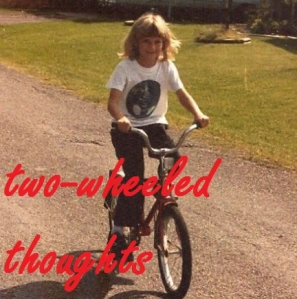A friendship between a widow and a mouse brings outward ripples of positivity in this surprising, compassionate comfort read.
Simon Van Booy’s Sipsworth is a delightfully funny, poignant, surprising novel about an octogenarian widow who has all but given up when she finds an unusual reason to reinvest in life. The story takes place over two weeks, in private spaces, and features events that on the surface appear small in scale, but have far-ranging consequences and meaning for its human and nonhuman protagonists, with whom readers cannot help but fall in love.
Helen Cartwright had lived abroad for six decades when she returned to the English village in which she was born and raised. Her beloved husband and cherished son have both died, and she now lives alone, sad, reclusive, in a pensioner’s cottage. “Life for her was finished. She knew that and had accepted it. Each day was an impersonation of the one before with only a slight shuffle–as though even for death there is a queue.”
“Then early one morning, something happens.” Helen brings in a neighbor’s rubbish, to go through it on her own time; something reminded her of her son. She has inadvertently also brought in a tenant: a mouse, which initially repulses her. On an inexplicable impulse, she begins to feed it, to keep it safe, and her choice to care for something beyond herself will lead her to leave the house, to interact with people (librarian, hardware storekeeper), and to the terrible realization that if she dies now, the mouse will starve in the enclosure she has designed. “For the first time in many years, against her better judgment,” Helen is “not dying.” Unexpectedly, the accidental company of the mouse she calls Sipsworth forces Helen to rediscover the world and a reason to live.
Helen begins by caring for Sipsworth in material ways (food, water, shelter) but winds up caring in broader ways. She talks to him, in remarkably confessional terms. They learn to trust one another. But it is not until a true emergency that the lessons of “a lost wish… granted” become clear. And it is only late in the book that a vital truth of Helen’s own life is revealed.
Van Booy (Father’s Day; The Presence of Absence; The Sadness of Beautiful Things) tells Helen’s story in unadorned prose that however frequently offers lovely images and metaphor. Sipsworth features unassuming, deeply likable characters in an essentially quiet, simple tale. Sweet but not saccharine, tender, loving, and funny, this story of unlikely friendship and late-life new beginnings will charm any reader who has ever loved or lost.
This review originally ran in the February 29, 2024 issue of Shelf Awareness for the Book Trade. To subscribe, click here.
Filed under: book reviews | Tagged: end of life, misc fiction, nature, Shelf Awareness | Leave a comment »















